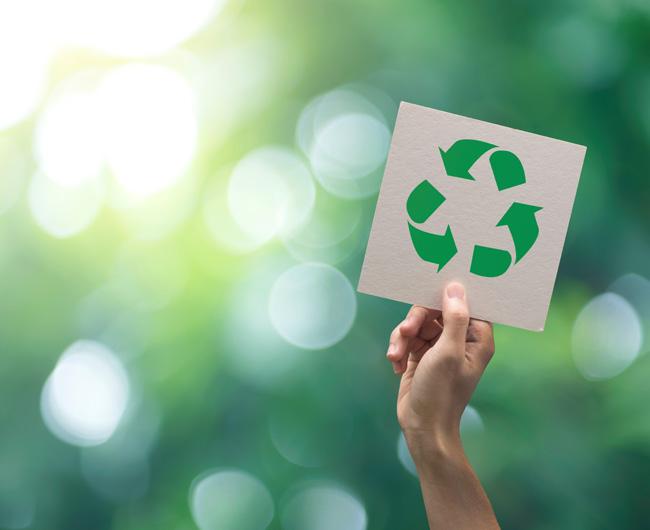
2 minute read
EASILY OPTIMIZE CUT QUALIT Y FOR
A Variety Of Turf Types
LUSH, WET CONDITIONS
Advertisement
Stemmy Grasses And Weeds
Other components of a smart system include precision spray nozzles, rotary nozzles and drip irrigation systems.
“All these products tie back into the smart controller, which is the brains of the system. This controller uses an internet connection to determine weather, evapotranspiration and calculate the proper amount of water to apply to the turf,” Mikucki says. “The systems are only as smart as the information entered into the controller. Setting up a drip zone or a spray zone is important to make sure the controller can calculate the proper run time for the zone.”
Mikucki and Restuccia agree that performing an irrigation evaluation, or site survey, is key before upgrading or installing an old system.
“They’re going to have to spend some time learning about the basic soil and plant makeup of the jobsite because all of that impacts the amount of water used,” Restuccia says. “They’ll have to look at the amount of shade on a property, what kind spray heads and rotors are already on-site and more.”
For professionals worried about the time it takes to onboard new technology, Restuccia says that shouldn’t be a prohibitive factor.
Irrigation pros wanting to learn more about implementing smart controllers can look to their manufacturers, distributors and associations for continuing education.
Restuccia adds that irrigation professionals should start thinking about adding the technology now.
“The industry has been slow to adopt because they feel they don’t have the time or labor, but if somebody wants to invest in the technology, it’s time to get on the ball today,” Restuccia says. “There’s plenty of business to go around, and nobody is too late to the game.”
Sustainability All Around
So, what happens to the older irrigation equipment once it’s replaced with newer technology?
One option is to enroll in a recycling program, like the one SiteOne Landscape Supply offers.

“The idea of the program is the contractor looks for customers with older and inefficient systems where they can upgrade them to a new system,” Mikucki says. “All the contractor needs to do is pull the old controller off the wall of the homeowner, take it to a SiteOne branch and turn it in at one of the designated drop boxes. A SiteOne associate will help them pick out a new smart controller from one of our partner companies, and the contractor will save 15 percent on the cost of the controller.”
The program began after SiteOne found that there are upward of 30 million inefficient
@NaMong irrigation controllers operating in the U.S. and Canada. The company then partnered with Blue Star Recyclers to recycle the old controllers.
The program runs for two months—March and April.
“There is no limit to the number of controllers a contractor can recycle, but it is a 1:1 returned controller and discount,” Mikucki says. “Right now, we are focused on recycling controllers only. There may be opportunities in the future to recycle other components of the irrigation system, but right now the recycling channel is focused on the electronic waste, so we are taking advantage of that and keeping those old controllers out of the landfill.”
There are other options for irrigation professionals who miss that window.
For example, some irrigation manufacturers like Jain Irrigation Systems, offer smart controller options that attach to a conventional controller, thus making it a smart system.
“It makes it so you don’t have to throw away your old controller, and it uses that old controller and makes it a smart controller,” Restuccia says. “We can take over the current controller and download our schedules to it. That way, you don’t lose your old investment, and it’s sustainable.”
BY SARAH WEBB










